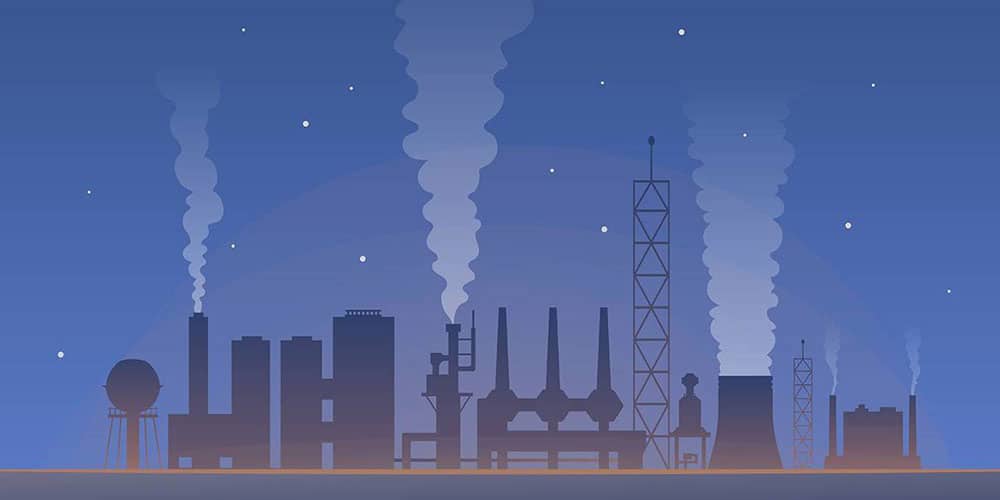The following was originally published by Project Syndicate.
by Silvia Ribeiro
For fossil-fuel companies, the promise of geoengineering is the ideal excuse to continue with business as usual. Rather than allow the industry to continue to act in its own interest, the world must establish a strong, democratic regulatory mechanism, which includes the option to ban certain technologies outright.
MEXICO CITY – Although the effects of climate change are becoming increasingly apparent, the progress toward reducing greenhouse-gas emissions remains as disappointing as ever, leading some to tout new technological solutions that could supposedly save the day. Harvard University’s David Keith, for example, would have us consider geoengineering – that is, deliberate, large-scale, and highly risky interventions in the Earth’s climate system.
This past March at the United Nations environmental conference in Nairobi, Kenya, the United States and Saudi Arabia blocked an effort to scrutinizegeoengineering and its implications for international governance. Meanwhile, Keith’s Stratospheric Controlled Perturbation Experiment (SCoPEx) in the US – which aims to test a form of geoengineering known as Solar Radiation Management (SRM) – seems to be moving forward.
SRM depends on so-called Stratospheric Aerosol Injection, whereby a high-altitude balloon sprays large quantities of inorganic particles into the stratosphere with the goal of reflecting some sunlight back into space. SCoPEx would send a balloon equipped with scientific instruments some 12 miles (20 kilometers) above the ground to test the reflectivity of various substances.
But these technical aspects of the experiment are far less important than its political, social, and geopolitical implications. After all, the risks of geoengineering could not be more serious. If deployed at scale, SRM could disrupt the monsoons in Asia and cause droughts in Africa, affecting the food and water supplies of two billion people. The use of sulfuric acid – the most studied option, and the one SCoPEx initially intended to test – could further deplete the ozone layer. (More recently, SCoPEx has been mentioning only carbonates.)
The recent launch of an independent advisory committee for SCoPEx seems to be aimed at lending legitimacy to a kind of experiment that the rest of the world has agreed is too dangerous to allow. Moreover, the panel’s membership is exclusively US-based, and mostly linked to elite institutions, which raises questions about whose interests are really being served.
These concerns are reinforced by the fact that the SCoPEx pitch is fundamentally manipulative. The results from a “small-scale” experiment would not amount to a credible assessment of the effects of deploying SRM at the scale needed for geoengineering. As climate scientists have made clear, the only way to know how SRM (or any other geoengineering technique) would affect the climate is to deploy it over several decades on a massive scale. Otherwise, its effects could not be distinguished from other climate variables and “climate noise.”
Given that geoengineering is, by nature, not testable, all experiments like SCoPEx can do is create momentum for larger and longer experiments. Once millions of dollars have been sunk into creating the relevant institutions and employing large numbers of people, it becomes easier to argue that even more data should be collected and, finally, that the technology should be deployed.
In this sense, projects like SCoPEx set a new and dangerous precedent for the unilateral implementation of geoengineering technologies by billionaires and vested interests. Indeed, as the Center for International Environmental Law and the Heinrich Böll Foundation’s recent report, Fuel to Fire, points out, fossil-fuel companies have been investing in geoengineering for decades. For them, the promise of a technological get-out-of-jail-free card is an ideal pretext for continuing their highly profitable, destructive activities.
In fact, Keith’s own company, Carbon Engineering, recently received $68 million from Occidental Petroleum, Chevron, and the coal giant BHP (Billiton) to develop another potentially dangerous geoengineering approach – Direct Air Capture, which takes CO2 from the atmosphere, to be used or stored. Among the company’s original funders is the oil sands financier N. Murray Edwards (as well as Bill Gates).
Allowing such projects to move forward with no political mandate or institutional oversight could entrench a system of self-regulation that is grossly inadequate for technologies as consequential as geoengineering. That is why the UN Convention on Biodiversity (CBD) has asked governments not to allow any geoengineering activities to be carried out until “a global, transparent, and effective control and regulatory mechanism” is put in place – a mechanism that adheres to the “precautionary approach.”
The CBD decision made an exception for small-scale experiments, but only under certain conditions, which SCoPEx doesn’t meet: among them, carrying out experiments in “controlled settings” and acquiring the free, prior, and informed consent of indigenous peoples and local communities that may be affected. Furthermore, in the case of SCoPEx, no critical voices from civil society or developing-country governments seem to have been considered.
SCoPEx’s promoters appear determined to take advantage of the US’s failure to ratify the CBD. The fact that the SCoPEx advisory committee is chaired by a California government official, Louise Bedsworth, also raises the question of whether a state that has positioned itself as a climate leader is now embracing the most controversial form of geoengineering.
Rather than allow fossil-fuel companies that have ravaged our planet for profit to continue to act in their own interest, the world must establish a strong, multilateral democratic regulatory mechanism, which includes the option to ban certain technologies outright. Until such an international system is in place, experiments like SCoPEx – which threaten to act as a Trojan horse for deploying dangerous technologies at scale – must not be allowed to move forward.




